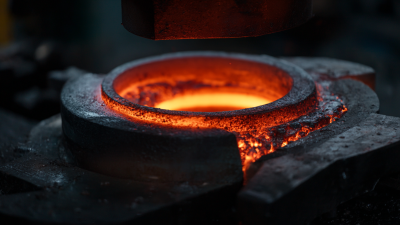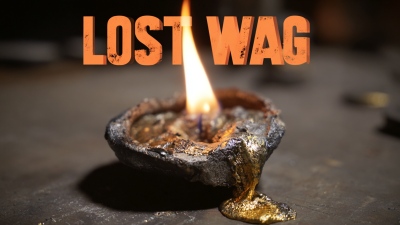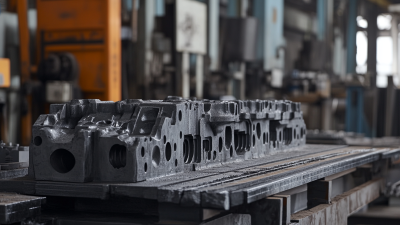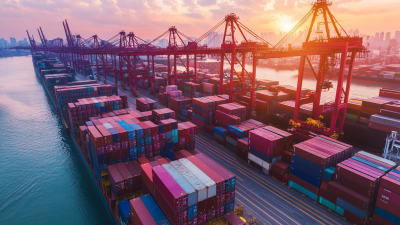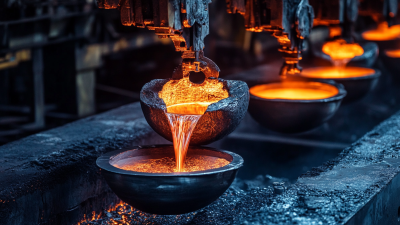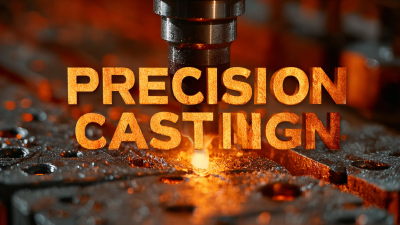 +86 180 0293 5268
+86 180 0293 5268






Lost Wax Investment Casting has emerged as a pivotal manufacturing process, renowned for its ability to produce intricate metal components with unparalleled precision. According to recent industry reports, the global investment casting market is projected to reach $17 billion by 2025, driven largely by advancements in technology and increasing demand across various sectors, including aerospace, automotive, and medical devices. Precision in Lost Wax Investment Casting is not merely a requirement but a determining factor in the quality and reliability of final products. Techniques such as optimized melting processes and enhanced mold designs are crucial for minimizing defects and ensuring dimensional accuracy. As industries continue to evolve, mastering these techniques will be essential for manufacturers aiming to leverage the full potential of Lost Wax Investment Casting, thereby fostering industry growth and innovation in high-precision applications.
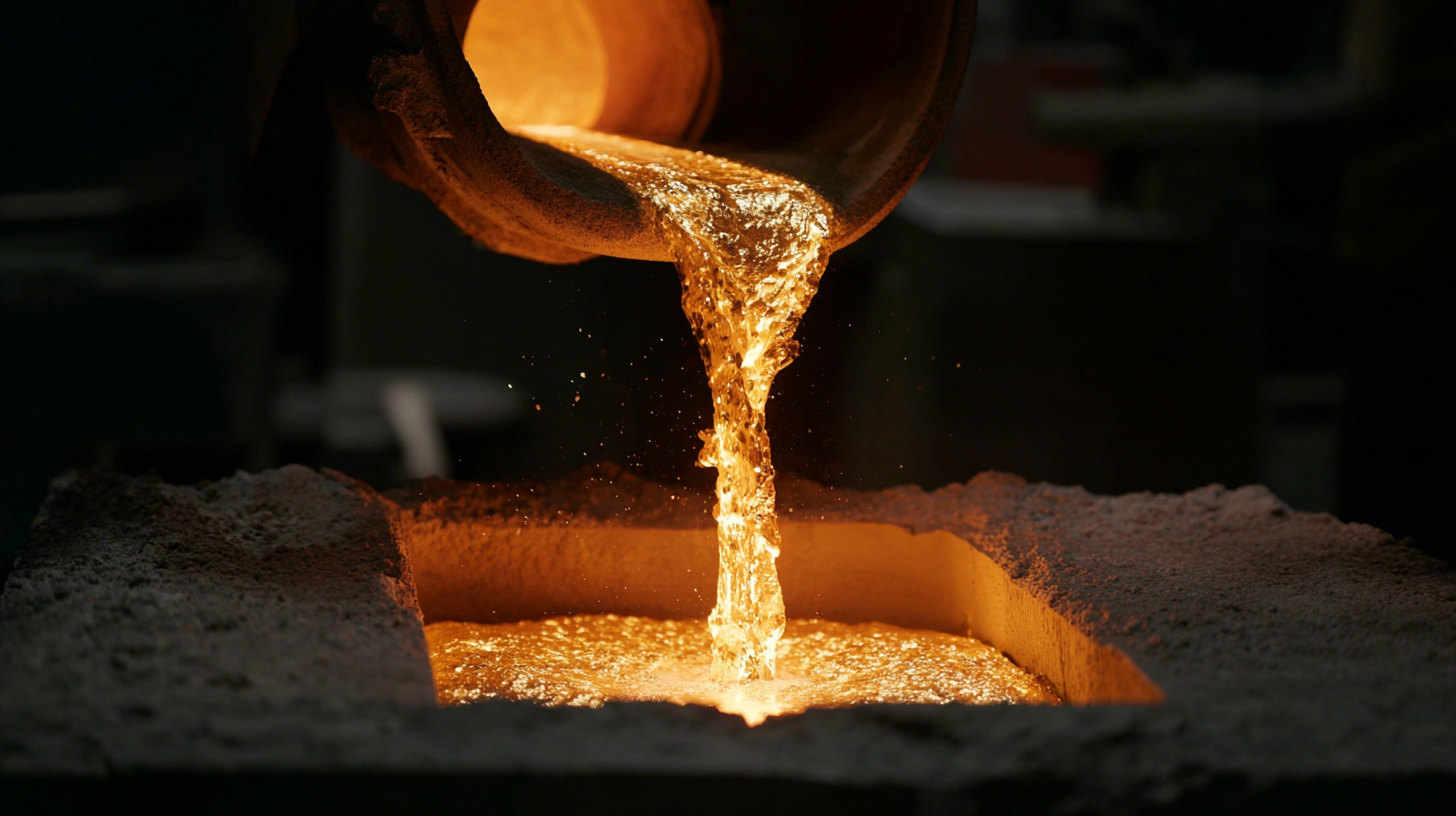
Lost wax investment casting has a storied history, tracing back thousands of years to the ancient techniques used in creating artifacts like the Mehrgarh amulet. However, modern advancements are focusing on enhancing the precision and integrity of the casting process, particularly through the use of colloidal silica. This innovative material is redefining shell formation, offering improved strength and stability during the investment casting process. By incorporating colloidal silica, manufacturers can achieve superior shell integrity, which is crucial for producing high-precision components in industries such as aerospace.
Moreover, enhancing shell integrity directly impacts the overall quality of the final product. A robust shell minimizes defects and ensures that intricate designs are faithfully reproduced, thus maintaining the dimensional accuracy required for components in demanding applications like jet engines. As the industry continues to grow, adopting such techniques not only meets rising demands for precision but also helps manufacturers stay competitive in a rapidly evolving marketplace.
The precision in lost wax investment casting can be significantly enhanced through the optimization of wax patterns. As industries increasingly adopt additive manufacturing (AM), techniques such as 3D printing are transforming traditional casting processes. For example, recent studies highlight that the implementation of 3D-printed molds and cores can lead to a production cycle reduction of up to 50%, greatly benefiting rapid prototyping applications in metal casting. As 3D printing technologies advance, they provide designers with unprecedented freedom to create complex geometries that were once nearly impossible with traditional methods.
Moreover, innovations like the new build processors designed for stereolithography 3D printers have expedited file processing by 50%. This increase in efficiency not only enhances the speed of producing sacrificial molds but also facilitates the integration of stress-guided lightweight designs. Such advancements are redefining the standards of accuracy and precision, allowing manufacturers to achieve up to 99.9% metal density at higher production speeds. With the melding of AM and traditional metal casting techniques, the industry is witnessing a profound transformation, marking a new era of manufacturing excellence.
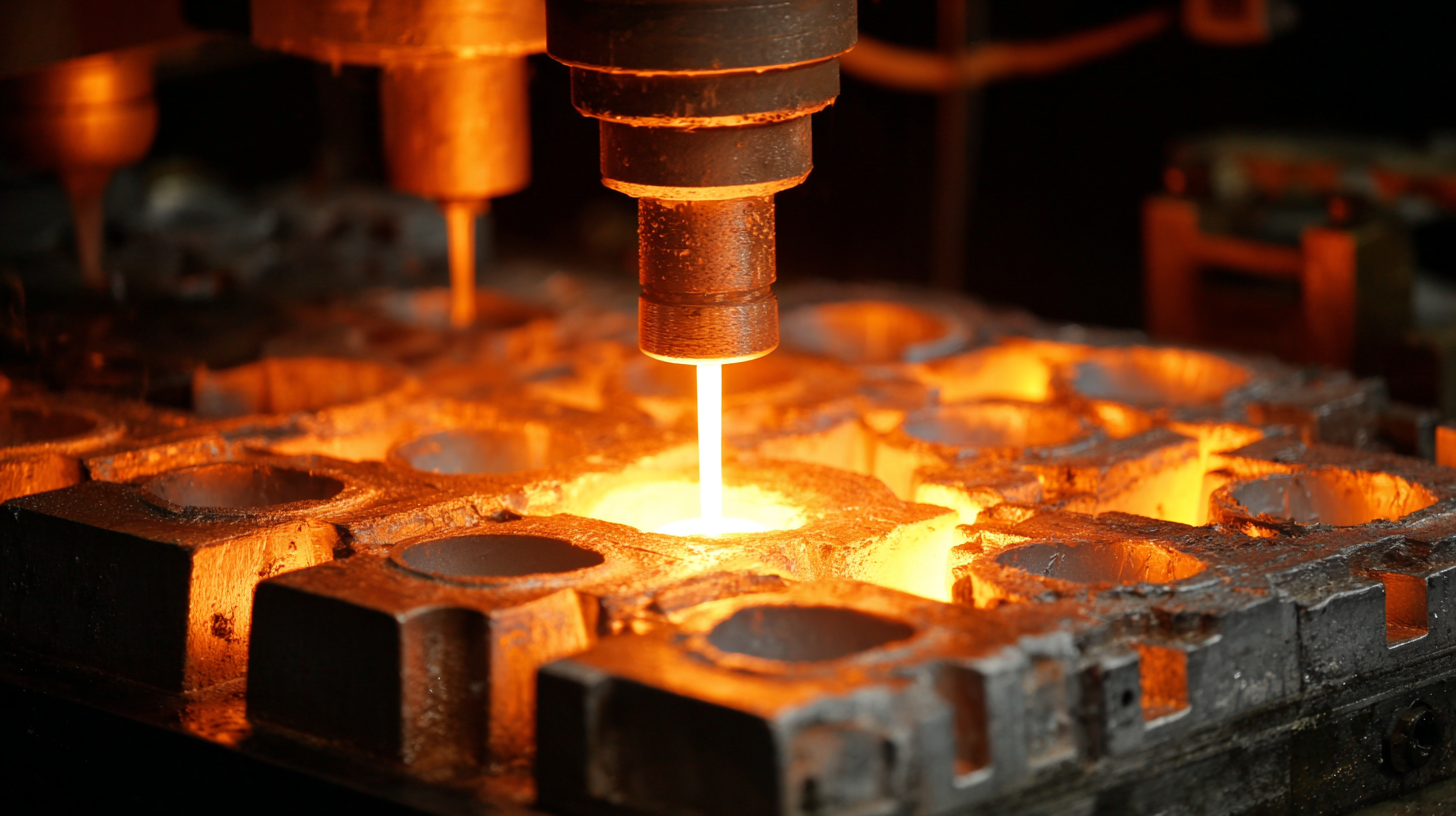
Advancements in materials science are revolutionizing the investment casting process, particularly through the development of innovative composite materials. These new materials not only enhance the detail and precision achievable in casting but also improve overall mechanical properties and thermal performance. For instance, the application of phase change materials in casting processes allows for better temperature control, which is crucial for minimizing defects such as porosity and shrinkage. This integration of advanced materials opens avenues for producing intricate designs that were previously considered too complex for traditional methods.
Tips for achieving precision in investment casting include meticulous attention to mold design and the selection of appropriate materials. Utilizing nanotechnology in the treatment of alloys, such as aluminum alloy 7075, can lead to improved performance characteristics. Additionally, blockchain-integrated IoT devices can streamline quality control by facilitating real-time defect detection and documentation, enhancing traceability throughout the production process. By leveraging these technological advancements, manufacturers can significantly reduce casting defects, thereby increasing production efficiency and product quality.
This bar chart illustrates the growth trajectory of the investment casting industry over the years 2018 to 2023 in terms of market size, alongside the advancements in materials that enhance precision and detail in the casting process. The first dataset represents market growth in billions USD, while the second dataset indicates advancements in material technology effectiveness on a scale of 0 to 100.
The demand for precision casting solutions is surging in various industries, driven by the adoption of advanced digital manufacturing technologies. With a compound annual growth rate (CAGR) of 4.4%, the grinding machine market is projected to expand from $4.72 billion in 2018 to $9.01 billion by 2032. This indicates a growing need for high-precision equipment that can support intricate manufacturing tasks while maintaining operational efficiency.
To optimize production processes, companies should consider integrating automated material handling systems. The market for automation is expected to see significant growth, responding to the rising demand for lower operational costs and environmentally friendly machines. In particular, the materials handling equipment market is expected to thrive, with a focus on systems that handle light to medium loads, enhancing workflow in manufacturing and logistics sectors.
Tips:
1. Invest in automation: Implementing automated systems can boost efficiency and precision in manufacturing tasks.
2. Stay updated: Keep an eye on market trends and technological advancements to ensure competitive advantage.
3. Focus on sustainability: Adopting eco-friendly practices can not only reduce costs but also appeal to environmentally conscious consumers.
The evolution of lost wax investment casting has been significantly enhanced by the integration of digital technology, which has proven vital in achieving higher precision. According to a report by MarketsandMarkets, the global investment casting market is projected to grow from $14.3 billion in 2021 to $19.6 billion by 2026, emphasizing an increasing demand for more accurate and efficient manufacturing techniques. Digital technologies such as 3D printing and computer-aided design (CAD) have revolutionized the pattern-making process, allowing for designs that were once deemed impossible to be created with high fidelity.
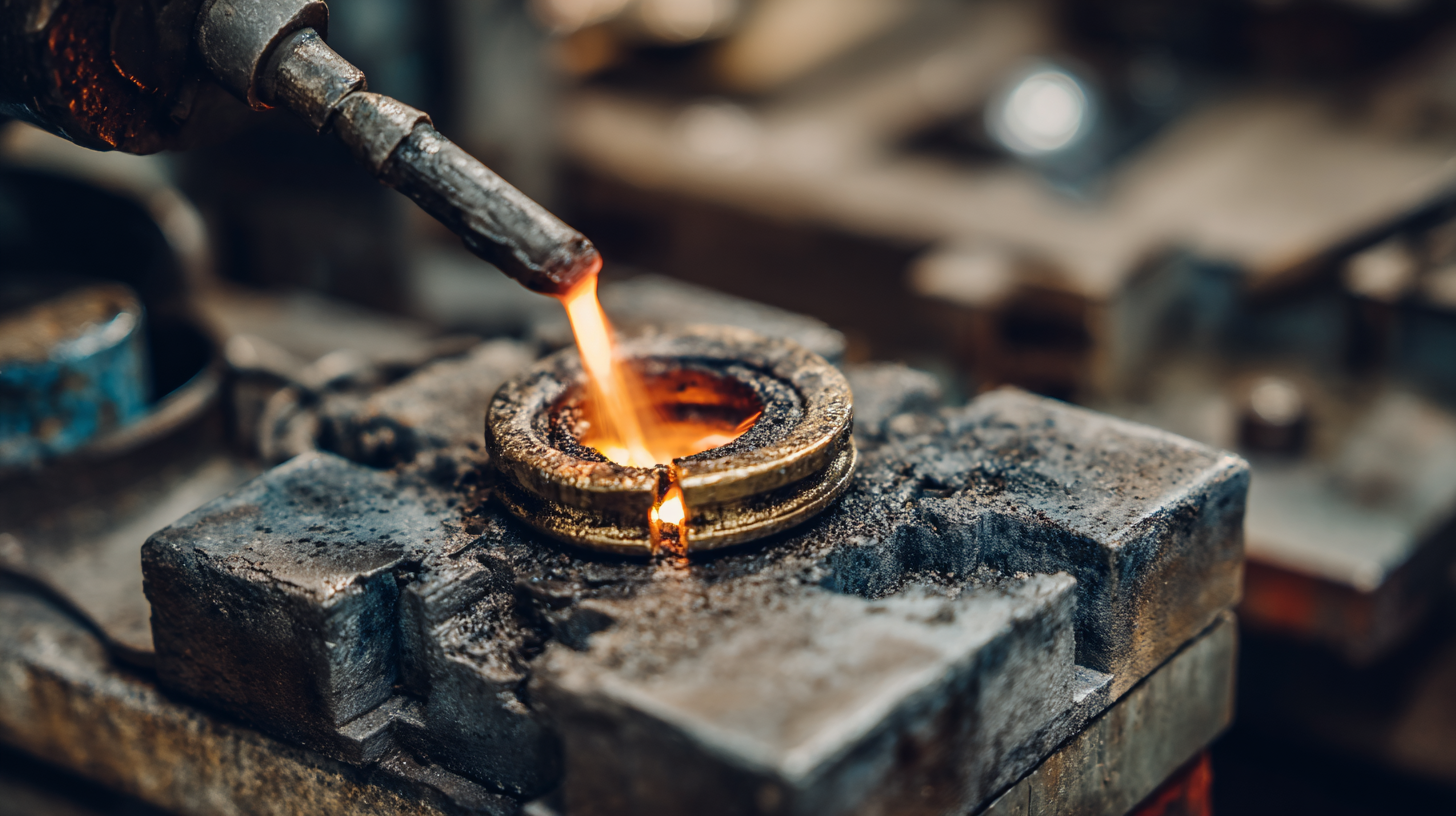
Utilizing advanced simulation software also plays a critical role in improving the casting process. This technology enables manufacturers to predict the flow of molten metal and identify potential defects before the casting begins. By employing these digital tools, businesses can reduce waste and minimize costs, leading to more sustainable practices. For instance, a study by Grand View Research found that the precision casting market is expected to expand at a CAGR of 5.9% by 2025, largely driven by innovations in digital technology that enhance casting accuracy and overall efficiency.
